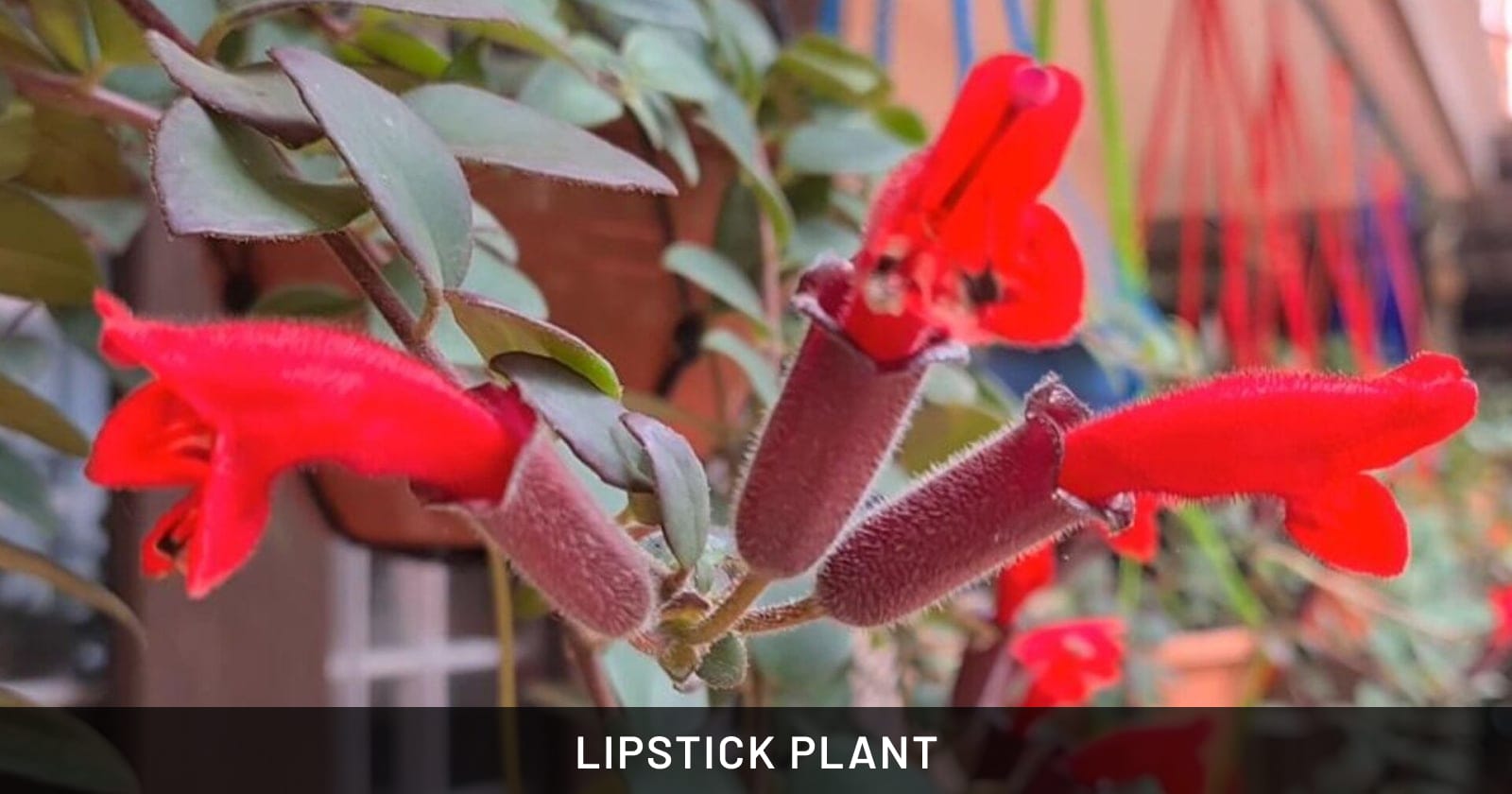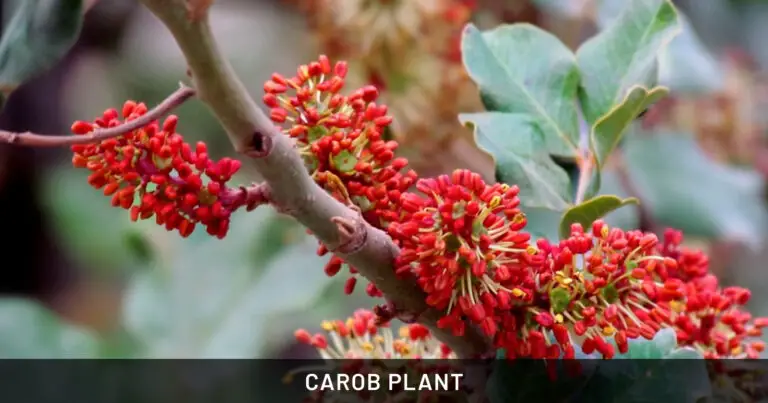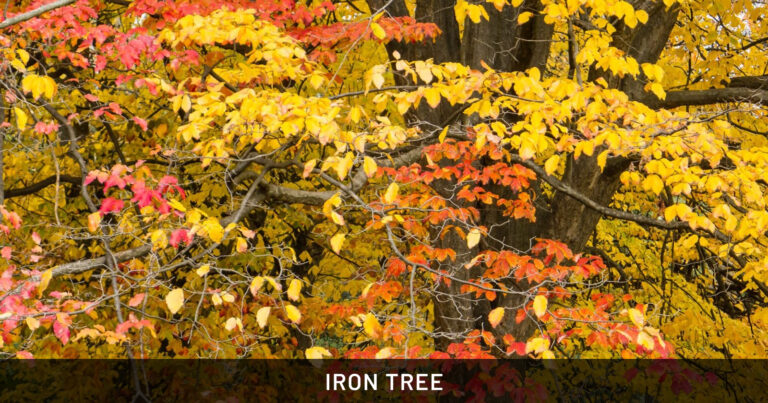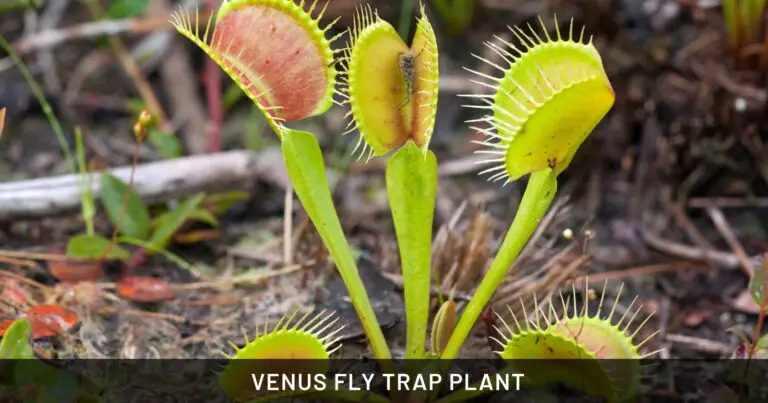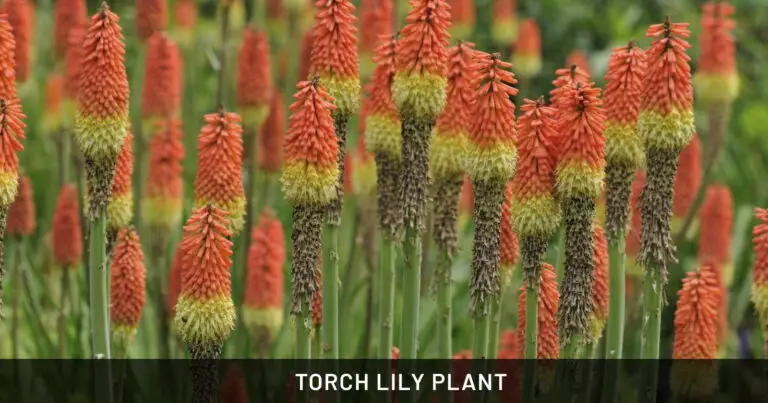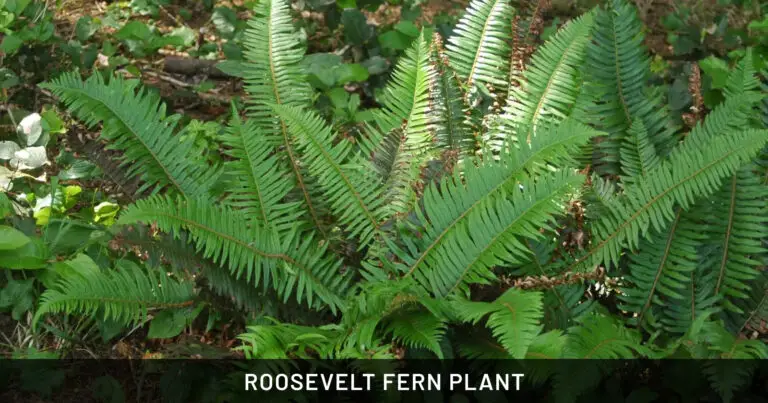Lipstick Plant: Safe for Dogs, Cats & Horses | Outdoor & Pet Friendly
The Lipstick Plant, a vibrant addition to any indoor space, thrives with minimal fuss. Native to the humid tropics, its name comes from the unique, lipstick-like appearance of its blossoms. Pet owners, breathe easy; this plant is non-toxic, making it a safe choice for households with curious cats and dogs. It prefers bright, indirect light and enjoys a bit of humidity, mimicking its natural habitat. Water when the top inch of soil feels dry, and you’ll be rewarded with striking red blooms that can brighten any room. Beyond its aesthetic appeal, the Lipstick Plant purifies the air, making your home healthier for you and your pets. Easy to care for, safe for pets, and visually stunning, it’s an ideal plant for beginners and seasoned green thumbs alike.
| Characteristic | Detail |
|---|---|
| Scientific Name | Aeschynanthus radicans |
| Family | Gesneriaceae |
| Origin | Southeast Asia, including Indonesia and Malaysia |
| Common Names | Lipstick Plant, Basket Vine |
| Growth Habit | Epiphytic trailing vine |
| Leaf Appearance | Dark green, glossy, elongated leaves; 2-4 inches in length |
| Flower Appearance | Bright red or orange tubular flowers emerging from a dark, purplish sheath, resembling a lipstick |
| Blooming Season | Primarily summer and fall, but can bloom intermittently throughout the year |
| Light Requirements | Bright, indirect light |
| Watering Requirements | Allow the top inch of soil to dry out between waterings |
| Soil | Well-draining, rich in organic matter |
| Humidity | Prefers high humidity, similar to its tropical habitat |
| Temperature | Thrives in temperatures between 65°F and 80°F (18°C to 27°C) |
| Toxicity | Non-toxic to pets and humans |
| Propagation | Can be propagated through stem cuttings |
| Pests and Problems | Susceptible to mealybugs, aphids, and spider mites. Over-watering can lead to root rot. |
| Care Level | Moderate; easy for those with some indoor gardening experience |
Lipstick Plants and their Toxicity
The Lipstick Plant (Aeschynanthus radicans) is widely recognized for its safety regarding toxicity for both pets and humans.
| Characteristic | Detail |
|---|---|
| Human | Non-toxic |
| Pets | Non-toxic |
| Toxic to Pets | None (safe for Cats, Dogs, Horses, Birds, Other Pets) |
| Toxicity Level to Pets | None (completely safe) |
| Toxic parts | None |
| Effect methods | Not applicable (plant is non-toxic) |
This confirms that the Lipstick Plant is a great choice for homes with pets and children, posing no risk of toxicity and allowing for worry-free enjoyment of its vibrant, colorful blooms.
Lipstick Plant Images
How to grow and care for Lipstick Plant
Lipstick Plant Care Guide
Light Requirements
Lipstick Plant thrives in bright, indirect light. Position the plant near a window that receives filtered sunlight for at least 4 to 6 hours daily. Direct sunlight can scorch the leaves, so use sheer curtains to diffuse intense light. In low light conditions, growth slows, and flowering may be inhibited.
Watering Needs
Water the Lipstick Plant when the top inch of soil feels dry. Typically, this means watering every 7 to 10 days, depending on the humidity and temperature of your environment. Reduce frequency to every two weeks in winter. Over-watering can lead to root rot, so ensure excess water drains freely.
Temperature and Humidity
This tropical plant prefers temperatures between 65°F and 80°F. Avoid placing it in areas with drafts or temperatures dropping below 50°F. High humidity, around 60% to 70%, mirrors its natural habitat and supports robust growth. Use a humidifier or place the plant on a pebble tray with water to increase surrounding humidity.
Potting and Soil
Use a well-draining potting mix designed for houseplants. A mixture containing peat, perlite, and vermiculite aids in moisture retention and drainage. Ensure the pot has drainage holes to prevent water accumulation. Repot every 2 to 3 years to refresh the soil and promote root health.
Fertilizers
Fertilize the Lipstick Plant every 4 to 6 weeks during the growing season (spring through summer) with a balanced, water-soluble fertilizer, diluted to half the recommended strength. Cease fertilization in fall and winter to allow the plant to rest.
Pruning and Propagation
Pruning encourages fuller growth and should be done in spring. Trim back up to one-third of the plant, focusing on leggy or sparse areas. Use sharp, clean shears to make precise cuts. Propagate via stem cuttings during pruning. Cuttings should be 4 to 6 inches long, with several leaf nodes. Remove the lower leaves and place the cutting in water or moist soil. Roots typically develop within 4 weeks.
Also, Make Sure to:
- Rotate the plant periodically to ensure even growth on all sides.
- Check regularly for pests like aphids and spider mites, especially under leaves.
- Cleaning the leaves with a damp cloth not only removes dust but also improves photosynthesis.
By following these detailed care instructions, your Lipstick Plant will flourish, providing vibrant blooms and lush foliage, enhancing your garden’s beauty and atmosphere.
How to Prune Lipstick Plant?
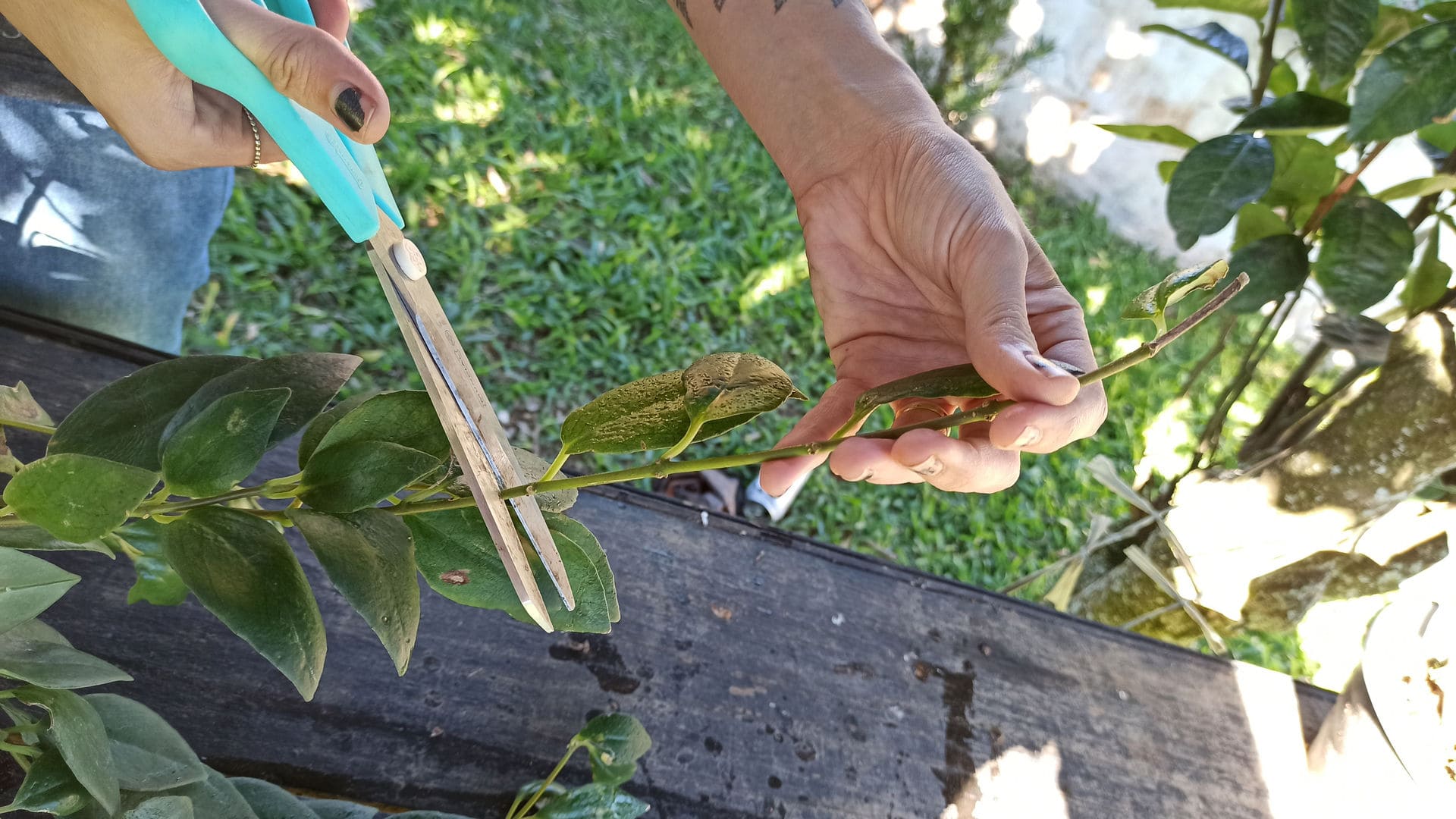
Pruning a Lipstick Plant is essential for maintaining its health and promoting a fuller, more attractive growth. Here’s a detailed guide on how to prune your Lipstick Plant effectively:
Tools You Need for Pruning
Start with the right tools to ensure a clean and healthy cut:
- Sharp pruning shears: These provide clean cuts that heal faster.
- Isopropyl alcohol or soapy water: Use these to clean your shears before and after pruning to prevent disease spread.
Best Time to Prune Lipstick Plant
- Early Spring: Pruning is most beneficial in early spring as the plant begins to exit its winter dormancy phase. This timing encourages vigorous growth and abundant flowering in the growing season.
Steps for Pruning
- Inspect the Plant: Look for any signs of damage, disease, or dead foliage. These are your first targets for removal.
- Remove Unhealthy Parts: Carefully cut away any yellowed, dead, or diseased leaves and stems. Make your cuts near the base of the affected areas, but be careful not to cut into the healthy tissue.
- Shape the Plant: After removing the unhealthy parts, step back and assess the shape of your plant. Identify any long, leggy stems that disrupt the plant’s natural shape. Pruning these back will encourage branching, which leads to a denser, more lush plant.
- Trim for Size and Symmetry: If your Lipstick Plant is getting too large or asymmetrical, you can trim back the stems to fit the desired space and shape. Aim to make cuts just above a leaf node (where a leaf attaches to the stem), as this will encourage new growth from that point.
- Thin Out Dense Areas: If the plant is very dense, thin out some of the inner branches to allow light and air to penetrate the plant, which helps prevent disease and promotes healthier growth.
Tips for Effective Pruning
- Use Clean Cuts: Make sure your cuts are clean and sharp to prevent damage to the plant tissues, which could lead to disease.
- Avoid Over-Pruning: Do not remove more than one-third of the plant’s total foliage at one time. Over-pruning can stress the plant.
- Follow with Care: After pruning, water the plant lightly and continue with regular care. Keep an eye on the pruned areas to ensure they are healing properly.
Post-Pruning Care
- Watering: The plant may require slightly less water immediately after pruning, as its reduced foliage makes it less demanding.
- Light: Ensure the plant continues to receive bright, indirect light to support new growth.
- Fertilization: About a month after pruning, consider feeding your plant with a diluted, balanced fertilizer to provide nutrients for new growth.
Pruning not only helps maintain the health and appearance of your Lipstick Plant but also stimulates growth, ensuring a vibrant, flourishing display. Regular pruning, combined with good plant care practices, will keep your Lipstick Plant looking its best year-round.
Is the lipstick plant toxic to dogs/cats/horses?
No, the lipstick plant (Aeschynanthus humilis) is considered non-toxic to dogs, cats, and horses according to the ASPCA.
Can my pet eat the lipstick plant without getting sick?
While non-toxic, large quantities might cause mild stomach upset in pets. It’s best to discourage them from eating the plant.
What should I do if my pet chews on a lipstick plant?
If you notice your pet chewing on the plant, monitor them for any signs of discomfort like vomiting or diarrhea. If you’re concerned, consult a veterinarian.
Is the lipstick plant safe to keep outdoors with pets around?
Yes, the lipstick plant can be kept outdoors with proper care. However, place it where curious pets can’t easily reach and potentially damage the plant.
Are there any special precautions I need to take when keeping a lipstick plant with pets?
Consider hanging baskets or high shelves to keep the plant out of reach of curious chewers. Avoid using fertilizers, as pets might be attracted to them.
